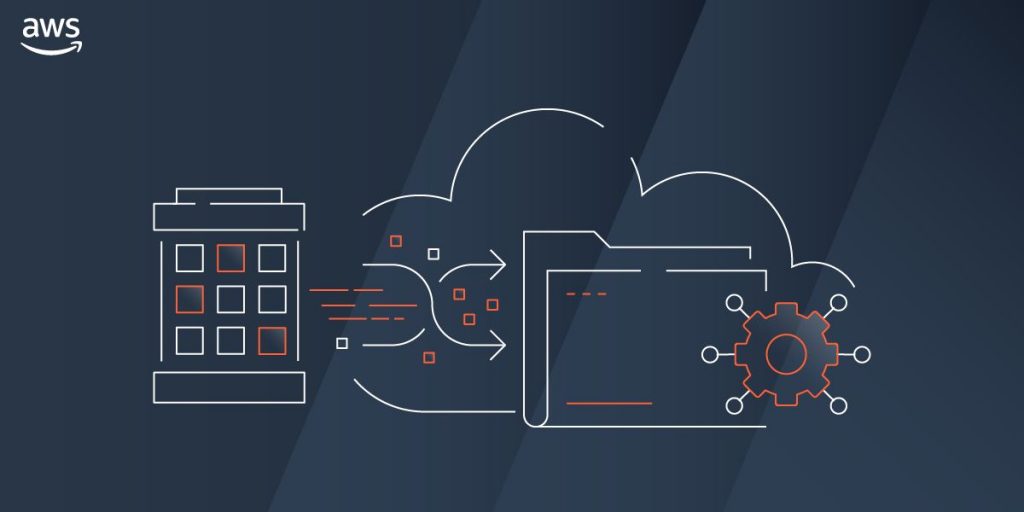AWS Public Sector Blog
Tag: Amazon FSx for Lustre
Emory University supports AI.Humanity initiative with high-performance computing on AWS
In 2022, Emory launched the AI.Humanity initiative to explore the societal impacts of artificial intelligence (AI) and influence its future development to serve humanity. Emory aims to be a leading advocate for ethical use of AI and a top destination for students and faculty seeking to understand and apply its transformative technologies. Read this blog post to learn how Emory uses Amazon Web Services (AWS) to support the computing needs of AI.Humanity.
A generalized approach to benchmarking genomics workloads in the cloud: Running the BWA read aligner on Graviton2
The AWS Cloud gives genomics researchers access to a wide variety of instance types and chip architectures and this elasticity allows us to rethink genomics workflows when running workloads in the cloud. Given the increased performance of the Graviton2 instances, we wanted to explore if they can be used for cost-effective and performant genomics workloads. Read on to learn about our generalized approach for determining the most effective instance type for running genomics workloads in the cloud.
Amazon FSx now available in AWS GovCloud (US)
Amazon FSx is now available in the AWS GovCloud (US) Regions, allowing government agencies, educational institutions, and nonprofits to scale their most sensitive file-based workloads to reduce cost and streamline operations. When customers move their NAS data and applications to AWS, they benefit from increased cost savings, improved security, and flexibility to modernize their infrastructure at their own pace. This allows organizations to focus more on the mission-critical parts of their application and driving more innovation.
The Water Institute of the Gulf runs compute-heavy storm surge and wave simulations on AWS
The Water Institute of the Gulf runs its storm surge and wave analysis models on Amazon Web Services (AWS)—a task that sometimes requires large bursts of compute power. These models are critical in forecasting hurricane storm surge event (like Hurricane Laura in August 2020), evaluating flood risk for the Louisiana and other coastal states, helping governments prepare for future conditions, and managing the coast proactively.



